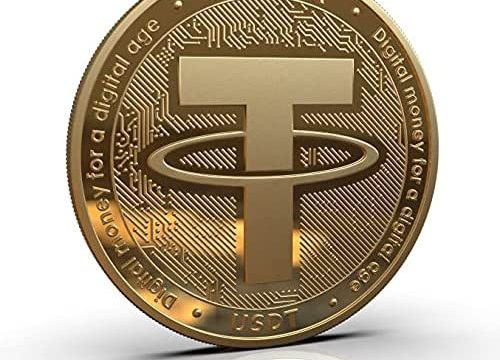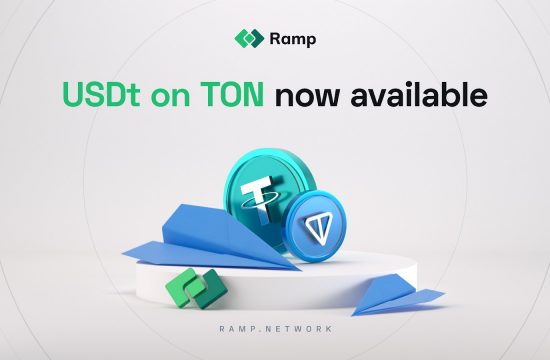Rapid progress is the name of the game at Polkadot, which continued headlong towards its goal of creating a multichain ecosystem for Web3 in the final few months of 2022.

Polkadot has just published its Q4 Report, highlighting some of the most important recent achievements and milestones attained by its ecosystem, and it provides plenty of encouragement for fans of the project and DOT cryptocurrency holders.
One of the key updates in the last three months was a new capability within Polkadot itself. The network finally went live with “Nomination Pools”, a new feature that dramatically reduces the minimum requirement for people who want to natively stake their DOT tokens. Previously, users who wanted to stake natively had to commit at least 200 DOT tokens (around $980), but this has now been lowered to just 1 DOT through the Nomination Pools, which enable users to pool their tokens together to nominate validators and earn rewards.
While users could stake lower amounts of DOT through third-party services, doing so came at a cost, with those providers helping themselves to a percentage of the user’s rewards. So it’s a positive move that should encourage further participation in the Polkadot network, helping to make it more secure and increase its decentralization. The latest data suggests that’s the case, with more than 3,475 pool members bonding a combined 854,495 DOT at the end of the year, just two months after the feature went live.
Further good news for DOT holders came in October when the Web3 Foundation revealed that Polkadot’s native token had officially “morphed” into a non-security. The Foundation said DOT’s newly-defined status came after three years of engagement with the U.S. Securities and Exchange Commission. Numerous changes were made to convince the SEC that DOT should not be classed as a security, but rather as “software”.
DOT is notably the first-ever “altcoin” to achieve this status, and along with BTC is the only cryptocurrency to become a non-security. It’s a positive change for Polkadot because the U.S. has some of the strictest regulatory laws and requirements when it comes to unregistered security offerings. By being classed as a non-security, DOT becomes a much more attractive, and regulated investment.
Parachains Push Forward
There was good news concerning some of the most notable parachains in the Polkadot ecosystem too. Astar, the smart contract platform of Polkadot, said last month it had signed a deal with Japanese telecommunications giant NTT Docomo to promote greater adoption of Web3 technologies. The Japanese carrier will also invest as much as $4 billion on decentralized technology, while working with Astar to foster sustainable development and educate people on the benefits of Web3.
Meanwhile, the KILT Protocol chalked up a significant milestone when it carried out the first full migration of a blockchain network from Kusama to Polkadot. Kusama is the canary network of Polkadot, a place where developers test new features and capabilities and iron out any problems before they bring them to Polkadot’s relay chain. As such, Kusama can be a bit buggy. Given that a number of large enterprises are implementing business use cases on KILT, a decentralized identity protocol, it was decided that a more stable network was required.
Developers Embrace Polkadot
Perhaps the most telling statistic regarding Polkadot’s progress is the growth of its developer community. In its report, Polkadot cited Electric Capital data that shows it is now the number one Web3 project in the blockchain industry, with 1,128 weekly active developers producing a combined 13,934 weekly commits during the fourth quarter. It puts Polkadot at the top of the list, both in terms of how many developers it has working on it, and in terms of overall development activity.
The strength of Polkadot’s community is particularly evident by the fact that two projects within its ecosystem – Manta Network, a privacy protocol, and Kusama – ranked third and fifth, respectively, on Electric Capital’s list.
Ecosystem Updates
Last but not least, the Web3 Foundation provided a few insights on its efforts to foster growth within its ecosystem. It noted that the Polkadot Treasury spent more than 4 million DOT supporting various initiatives over the last year, rising from just 200,000 DOT one year ago. Moreover, the Web3 Foundation grants program dished out money to 27 new projects during the quarter, bringing its total number of grants to 476.











